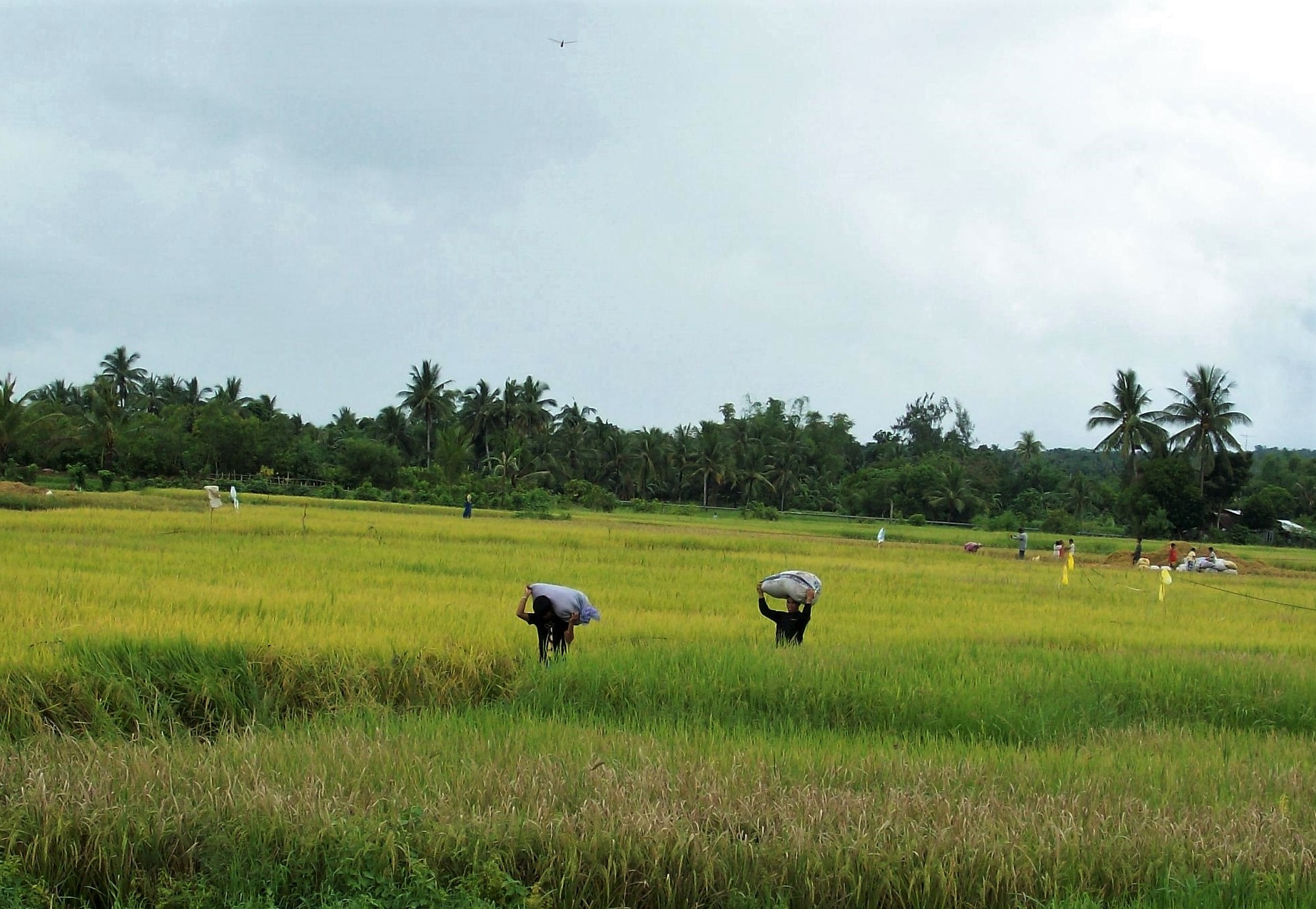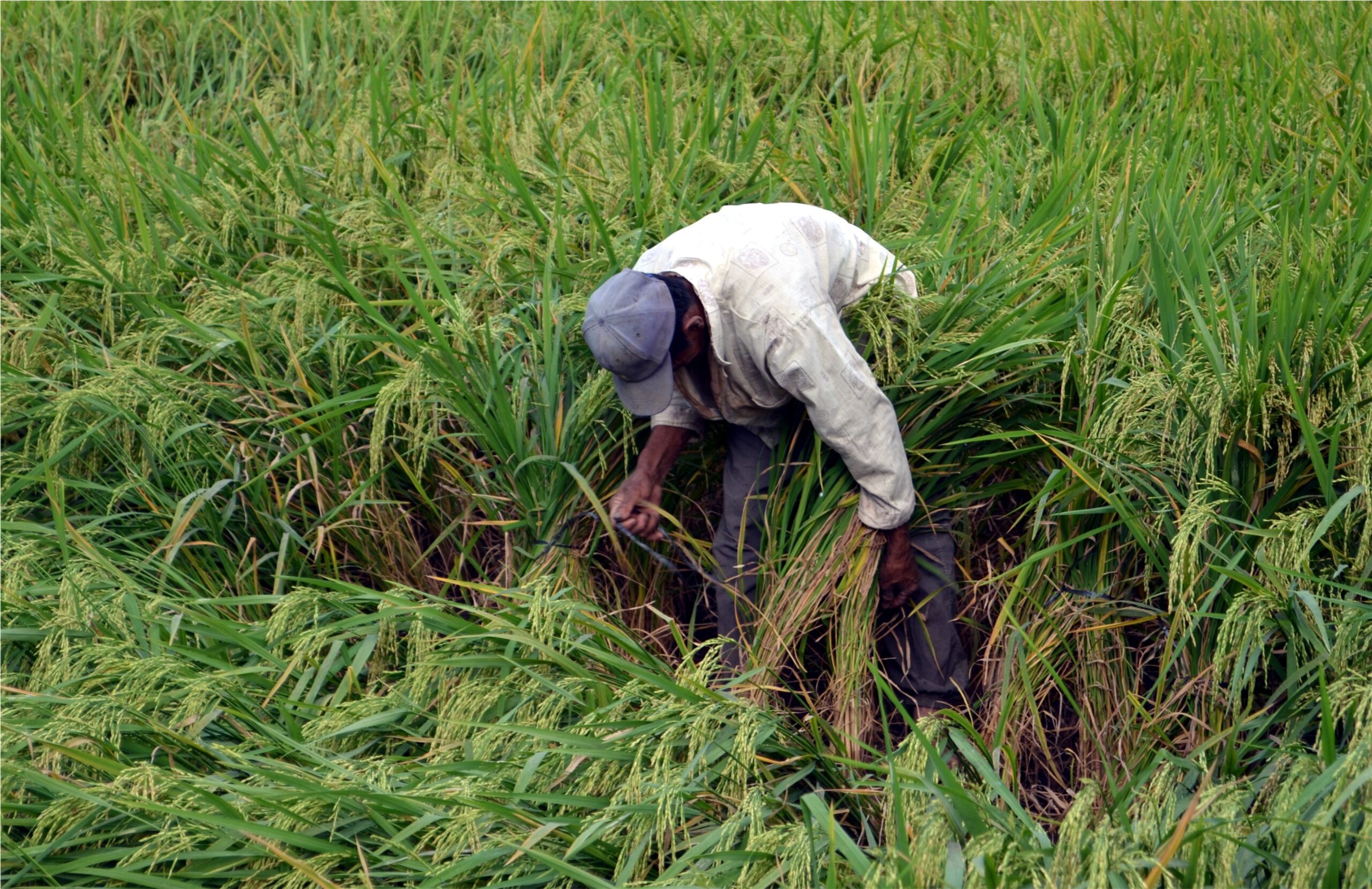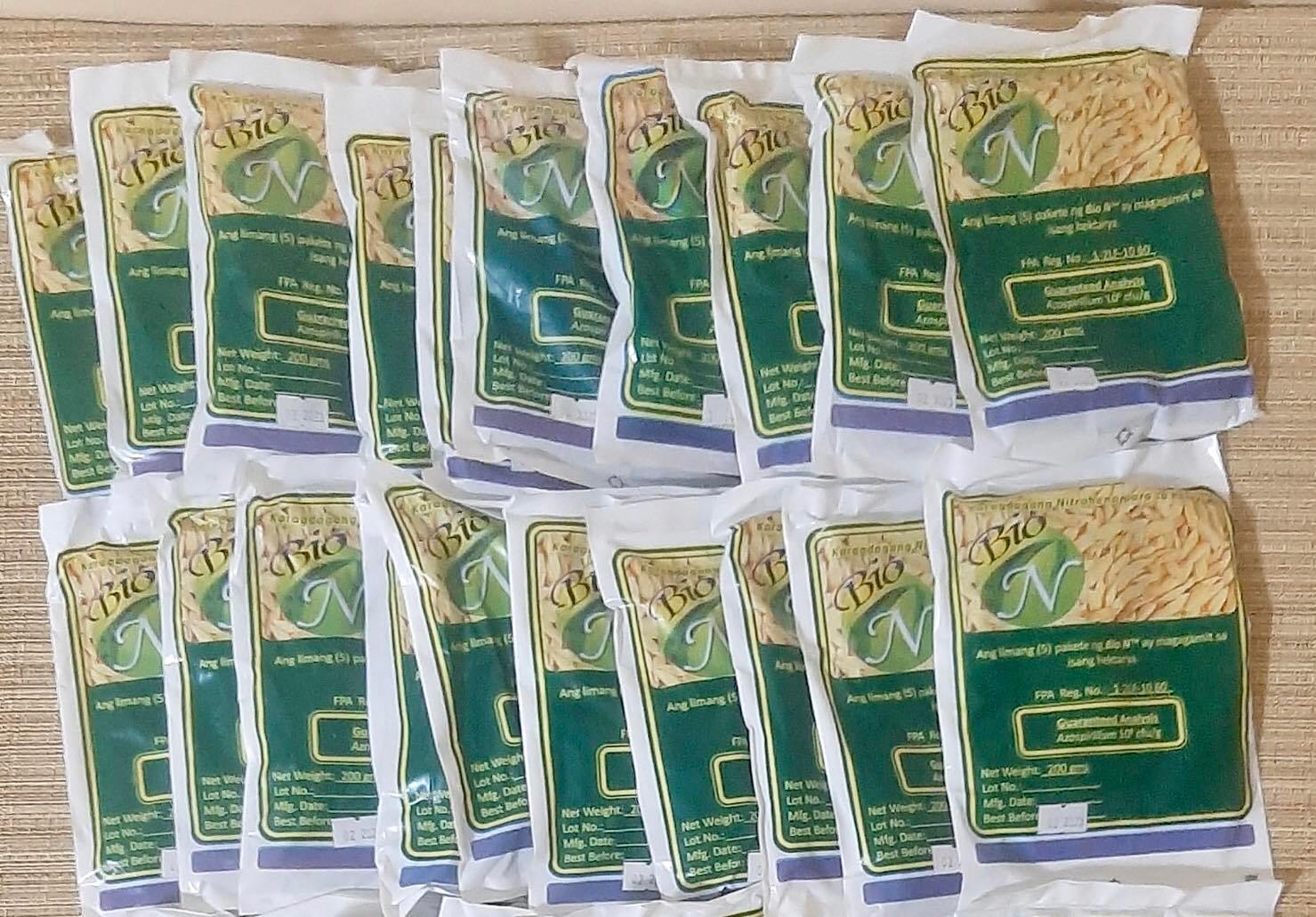Text and Photo by Henrylito D. Tacio
Additional Photo: Facebook
Crops are just like people. If human beings need carbohydrates, proteins, and other nutrients, plants in a similar manner require nitrogen, phosphorus, potassium, and other trace elements. These requirements can be provided by fertilizers.
“This is a basic problem, to feed 6.6 billion people,” said Norman Borlaug, an American agronomist who is credited with saving over a billion people worldwide from starvation. “Without fertilizer, forget it. The game is over.”
In the Philippines, farmers are using commercial fertilizer because they believe it will augment their income. They are told that by applying synthetic fertilizer, production from their farms will considerably increase.
Unknowingly, commercial fertilizers are an additional cost to growing crops. And these days, the prices of fertilizers are skyrocketing due to the war going on between Russia and Ukraine. At least 40% of the global requirement for fertilizers comes from these two countries.
The prices of chemical fertilizers in the country have more than doubled since last year, according to the University of the Philippines at Los Baños (UPLB). The country imports about 85% of its fertilizer requirements.
But Filipino farmers need not to worry. The UPLB-based National Institute of Molecular Biology and Biotechnology (BIOTECH) has developed several biofertilizers, which it has promoted through the years.
“These fertilizers will greatly help the agriculture sector in this time of dire need for the commodity,” wrote BIOTECH’s Sophia Mercado. She cited Bio N as one of those that may help ease Filipino farmers’ fertilizer woes.
“A microbial inoculant, Bio N converts atmospheric nitrogen into a form that plants can easily use,” she explained. “Bio N contains nitrogen-fixing bacteria Azospirillum carried in soil and charcoal.”
Touted to be a “breakthrough technology,” Bio N improves the plant’s root system, boosts nutrient absorption, provides resistance to pests and diseases, and enhances soil conditions, Mercado wrote.
Bio N was developed by Professor Emeritus Mercedes U. Garcia by isolating nitrogen-fixing bacteria from the roots of talahib grass (scientific name: Sacharrum spontaneum). It is a product of the disinterring mind of Dr. Garcia, who had observed the pervasiveness of talahib grass even in the hostile soil and environment conditions.
A sleuth for something new, she wanted to find out the reason why the talahib could still grow normally in conditions where other agricultural crops would easily succumb.
Dr. Garcia conducted a research study at BIOTECH to satisfy her curiosity, and through years of meticulous work, she was able to isolate Azospirillum.


“The bacterium has the capability to convert atmospheric nitrogen into a form usable by the plants,” reports the Food and Fertilizer Technology Center (FFTC). “These bacteria, once associated with roots of rice, corn, sugarcane, and some vegetables, can enhance root development, growth, and yield.”
Bio N has been extensively tested in different varieties of rice and corn at BIOTECH demonstration sites and in various areas around the country before its commercialization in 2002.
“Performance of Bio N based on numerous studies and experience of current users of the product, has shown that it could significantly increase production of rice and corn,” said a report from the Department of Agriculture (DA).
“On rice production, using Bio N alone can boost rice grain by an average of 21% over no fertilizer while replacing 50% of the required chemical fertilizer with Bio N gives an average of 14% higher in rice yield than that of using chemical fertilizer alone.
The same performance was reported when used in corn production. “When Bio N is used, corn yield increased by an average of 12% over chemical fertilizer and replacing 50% of chemical fertilizer with Bio N increased corn yield by average of 15% over the use of chemical fertilizer alone,” the DA report said.
Bio N is commercially produced in both concentrated form and ready-to-use packs at BIOTECH. It is also manufactured and distributed by 17 mixing plants established all over the country by UPLB and the DA as part of the Corn Development Program of the National Food Authority and GMA Corn Program.
“The establishment of the mixing plants aimed to produce Bio N in areas that are accessible to the farmers as part of the national thrust to improve rice and corn productivity, generate income and employment, and transform marginal areas into self-sufficient farming communities,” Mercado reported.
In powder form and prepared in a 200-gram packet, it could either be used as seed coating or as a dilute solution for root dipping. Or farmers can use it to drench already established young plants.
According to FFTC, one packet can be used to inoculate three kilograms of corn seeds or 20 kilograms of rice. Five packets of Bio N can provide the needs of one-hectare rice or corn plantation for nitrogenous fertilizer.
“Fields that have sufficient amounts of other elements respond dramatically to Bio N,” the FFTC said. “Best responses to inoculation may be obtained when one-fourth to one-half of the recommended rate of combined nitrogen (organic or inorganic) for the particular soil is applied.”

Bio N can also be used where organic fertilizers are applied basally, the FFTC said.
Bio N replaces 30% to 50% of the total nitrogen requirements of plants. Take the case of rice. Growing this staple crop requires fertilizer, particularly nitrogen.
“Any rice plant, modern or traditional, requires one kilogram of nitrogen to produce 15 to 20 kilograms of grain,” said the Laguna-based International Rice Research Institute (IRRI). “Most tropical soils imbibe sufficient nitrogen naturally to grow about one ton or 1.5 tons of rice per year. To augment yields above that, nitrogen must be provided.”
Nitrogen is abundant in the earth’s atmosphere. But only very few plants can assimilate nitrogen directly from the atmosphere; most plants obtain their nitrogen from complex compounds in the soil.
Bio N can help crops obtain nitrogen. And one good thing about Bio N is that it allows only one-time application of nitrogen fertilizer, thereby reducing labor cost to about 50% for the same area per cropping cycle, FFTC said.
Mercado reported that Bio N has been helping rice, corn, and vegetable farmers increase their yield while maintaining soil health. “Bio N users report an improvement in grain quality and an increase in yield. Using Bio N also cut production costs,” she wrote.
Ricky Mabunga can attest to this. A farmer-vegetable dealer from Ilagan, Isabela, said he was able to save on the cost of inputs when he started using Bio N.
He said he was able to replace two sacks of urea (50% of the average recommendation per hectare), costing P5,200, with the recommended 5-6 sachets of Bio N per hectare costing P500 to P600. This translates to more than P4,500 in savings.
Aside from rice, corn, and sugarcane, Bio N can also be used for vegetables like tomato, eggplant, ampalaya, pechay, lettuce, okra, and sweet pepper.

